
 Like a lot of Marvel’s Netflix shows, Jessica Jones tend be a little more subtle than the blockbuster movies. Obviously, that means fewer super villains, fewer explosions and more self-contained continuity. As a result, you can sometimes start to forget you’re watching a comic book show at all.
Like a lot of Marvel’s Netflix shows, Jessica Jones tend be a little more subtle than the blockbuster movies. Obviously, that means fewer super villains, fewer explosions and more self-contained continuity. As a result, you can sometimes start to forget you’re watching a comic book show at all.
We at Rogues Portal are dedicated to making sure that never happens, though. So as gritty and realistic as the new season of Jessica Jones comes across, here are five unmistakable nods to the comics we bet you missed.
Naturally, there are significant plot details spoiled below. Proceed at your own risk.
1. The Whizzer
In the Marvel Cinematic Universe: Robert Coleman is a dumpy-looking conspiracy theorist. He claims to have gained super speed from experiments performed by the shady medical firm IGH. When asked for his super hero name, Coleman suggests his inauspicious high school nickname: The Whizzer.
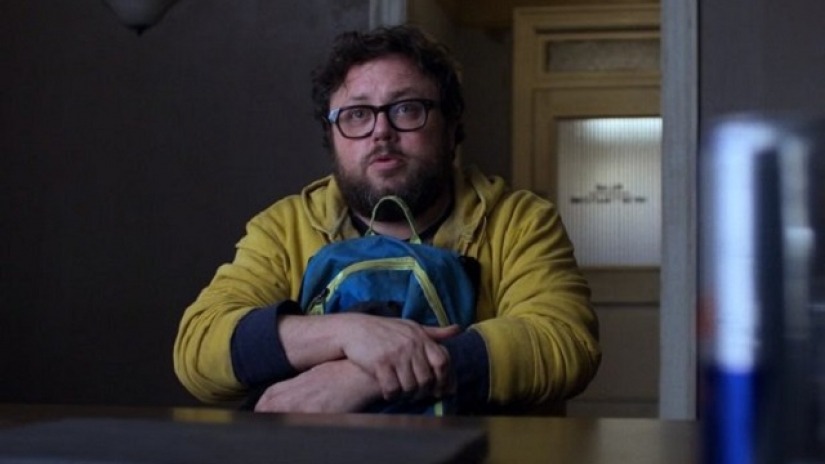
 In Marvel Comics: You don’t see him around much anymore due to the unfortunate pairing of his name with a bright yellow jumpsuit of a costume. But the Whizzer was once a serious Marvel hero. Empowered by a serum of mongoose blood that saved him from a cobra bite, Robert Frank gained the power to run unbelievably fast. In the Golden Age of comics, he fought the Nazis shoulder to shoulder with Captain America as a member of the super team, the Invaders. Note that the Jessica Jones version also keeps a pet mongoose as a subtle nod to the character’s origins. References to the Whizzer still pop up every now and then in Marvel Comics, usually as… well, pee jokes. What were you expecting, honestly?
In Marvel Comics: You don’t see him around much anymore due to the unfortunate pairing of his name with a bright yellow jumpsuit of a costume. But the Whizzer was once a serious Marvel hero. Empowered by a serum of mongoose blood that saved him from a cobra bite, Robert Frank gained the power to run unbelievably fast. In the Golden Age of comics, he fought the Nazis shoulder to shoulder with Captain America as a member of the super team, the Invaders. Note that the Jessica Jones version also keeps a pet mongoose as a subtle nod to the character’s origins. References to the Whizzer still pop up every now and then in Marvel Comics, usually as… well, pee jokes. What were you expecting, honestly?
2. Patsy Walker
In the MCU: Patricia Walker is a talk radio personality with a past as an all-american sweetheart child star. Her family adopted Jessica Jones as a publicity stunt. As a result, the two treat each other as sisters. Trish’s life as a child star was a mess thanks to her overbearing, manipulative stage mom. As a result, she’s fought a lifelong struggle against addiction which begins to manifest as a flirtation with superpower-inducing drugs.
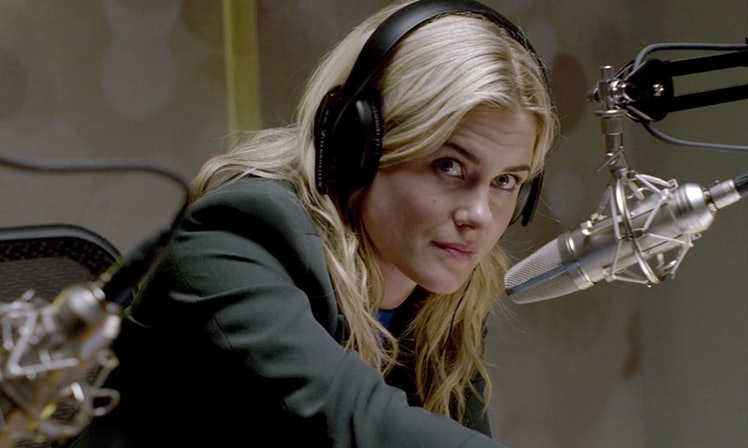
 In Marvel Comics: Trish’s now defunct, cloyingly wholesome childhood TV personality is a clever reference to her origins as the teen hero of a romantic comedy series. Patsy Walker’s found popularity in the 1950s as parental backlash suppressed the superhero genre. At the time, the McCarthy administration claimed communists were using comics as a tool to corrupt American Youth (no, seriously). That created demand for more wholesome characters like Patsy.
In Marvel Comics: Trish’s now defunct, cloyingly wholesome childhood TV personality is a clever reference to her origins as the teen hero of a romantic comedy series. Patsy Walker’s found popularity in the 1950s as parental backlash suppressed the superhero genre. At the time, the McCarthy administration claimed communists were using comics as a tool to corrupt American Youth (no, seriously). That created demand for more wholesome characters like Patsy.
By the 1970s, though, superheroes had long since reclaimed their throne as the best-selling comics genre. So Marvel reintroduced Patsy Walker as the superheroine, Hellcat. This served a fun reminder that Marvel continuity is technically treated as one solid story all the way back to the early 1940s as well as a mind-blowing shift in tone for the character. Imagine if Lorelai Gilmore suddenly appeared in a Harry Potter movie just because the same studio happened to own both franchises. Interestingly, the Patsy Walker comics were also canonically published in the Marvel universe by — guess who — Patsy’s mother.
With this identity in mind, though, Patsy’s frequent brushes with superhuman abilities seem to foreshadow a similar arc for her MCU character. In one particularly blatant example, Trish is recovering in hospital after a near-death experience caused by an attempt to gain powers. A nurse checking her chart comments, “Miss Walker, You’ve used up 2 of your 9 lives.” Appropriate, since the live-action adaptation seems to be going with something like cat-like reflexes as her power set. The comic book version, meanwhile, leaned more heavily on the “Hell” half of her name, giving her the power to detect magic and at one point marrying her to Hellstrom, the Son of Satan.
If that wasn’t enough, Patsy’s relationship with her mother was perhaps even more messed up in the comics. While the MCU version is a manipulative, abusive stage mom, the comic version literally sold Patsy’s soul to the Devil. I told you Netflix series were more subtle.
3. Will Simpson
In the MCU: Will Simpson is a New York police officer and another former patient of IGH. When he’s stable, he makes well-meaning attempts to protect Jessica and especially Trish. First from Kilgrave, and later from the consequences of Trish’s investigation of IGH. Unfortunately, “when he’s stable” is not nearly as frequent as you’d hope it would be for an armed police officer. That’s thanks to his heavy reliance on combat enhancement drugs to do all that protecting. The patriotic little red, white and blue capsules are essentially a berserker rage in pill form. And due to the unsurprisingly addictive and destablilizing effects of being “The Hulk, but on drugs,” Simpson ends up a threat to the people he loves.
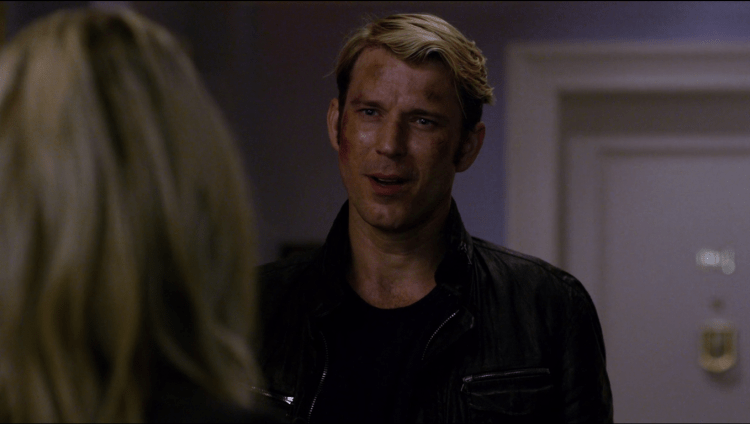
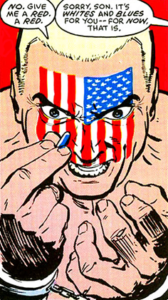 In the Comics: Subtlety is going to be a pretty key theme here, once again. The comic book version, Frank Simpson, goes by the not-so-understated code name Nuke. But neither that, nor his similar addiction to combat enhancement drugs are likely to be the first thing you notice about him. No, that would be the American flag our dear friend Nuke elected to have tattooed directly across his grimacing face.
In the Comics: Subtlety is going to be a pretty key theme here, once again. The comic book version, Frank Simpson, goes by the not-so-understated code name Nuke. But neither that, nor his similar addiction to combat enhancement drugs are likely to be the first thing you notice about him. No, that would be the American flag our dear friend Nuke elected to have tattooed directly across his grimacing face.
Comic book Simpson is a veteran of the Vietnam war and a product of the same super soldier program that gave Captain America and later Wolverine their powers. As such, he tends to come across as a pretty insensitive parody of the trauma that afflicts real life veterans of that bloody conflict. That might explain why he doesn’t show up so much these days.
4. The Raft
In the MCU: We got our first glimpse of the movie version of the Raft in Captain America: Civil War. It’s a floating prison facility in the middle of the Atlantic Ocean where the US government sends superhuman criminals. In Civil War, that meant the members of Captain America’s anti-registration team. And though it doesn’t appear onscreen in Jessica Jones, it’s an ever-present threat: the worst case scenario of imprisonment when Jessica and her mom get in trouble with the law.

In the Comics: The Raft is a lot closer to the action, floating just off the New York coastline. As a result, it functions as the primary prison facility for New York’s extensive superhuman criminal population. Everyone from Doctor Octopus to Carnage has done a stint in the raft after getting caught by one of the city’s more upstanding superhuman community. That is, for as long as the facility can hold them before they break out. Comic book prisons are, after all, notoriously terrible at keeping their inmates… well, in. But hey, how else would the heroes find someone to fight every month?
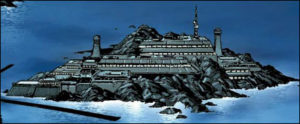 Case in point: in one story, the biggest jailbreak in the Raft’s history sets 42 super criminals loose in New York city, including Jessica Jones’ archnemisis, Zebediah Killgrave Purple Man. Killgrave (AKA The Purple Man) tries to use his skeevy mind-manipulation powers to sic Luke Cage on Jessica. But unfortunately for everybody’s favourite lavender-scented psychopath, the Raft’s containment protocols included drugs that shorted out his powers. That left Luke free to pound Killgrave into grape jello.
Case in point: in one story, the biggest jailbreak in the Raft’s history sets 42 super criminals loose in New York city, including Jessica Jones’ archnemisis, Zebediah Killgrave Purple Man. Killgrave (AKA The Purple Man) tries to use his skeevy mind-manipulation powers to sic Luke Cage on Jessica. But unfortunately for everybody’s favourite lavender-scented psychopath, the Raft’s containment protocols included drugs that shorted out his powers. That left Luke free to pound Killgrave into grape jello.
5. “If you say ‘with great power comes great responsibility,’ I’m gonna puke.”
In the MCU: This is a throwaway line Jessica uses to shut her mother up as the older woman waxes heroic about the ways the two might use their powers. Obviously it’s a reference to the iconic line that defines Spider-Man’s ethos. But what connection could Jessica Jones have to the teenage Peter Parker of Spider-Man: Homecoming?

Above, I mentioned the way Patsy Walker was an old character Marvel brought back to life in their superhero universe. But Jessica Jones’ origin is sort of the opposite. That is, even though Jessica Jones was a brand new character when her series, Alias, began in 2001, she came with a fully formed back story that everyone in the Marvel Universe seemed to remember. In her first appearance, Jessica was a private detective, just like in the show. In this version, though, she took up that gig after a run as the heretofore unmentioned super heroine Jewel. Apparently the other marvel characters had simply never felt the need to mention her on-panel before. I guess that speaks to the longevity and eventfulness of her career.
But what does Spidey have to do with that? Well, Alias #22 looked back on Jessica’s life before the accident that took her family’s lives. And it turns out she went to high school with none other than the pre-super-powered Peter Parker. Not only that, she also apparently harboured a huge crush on him. Unfortunately for Jessica Jones/Spider-Man shippers, though, Peter was characteristically oblivious to her interest until years later. When Jessica brings it up during a New Avengers meeting, Peter becomes the target of the team’s vicious mockery — along with a jealous glare from Jessica’s now-husband, Luke Cage.



